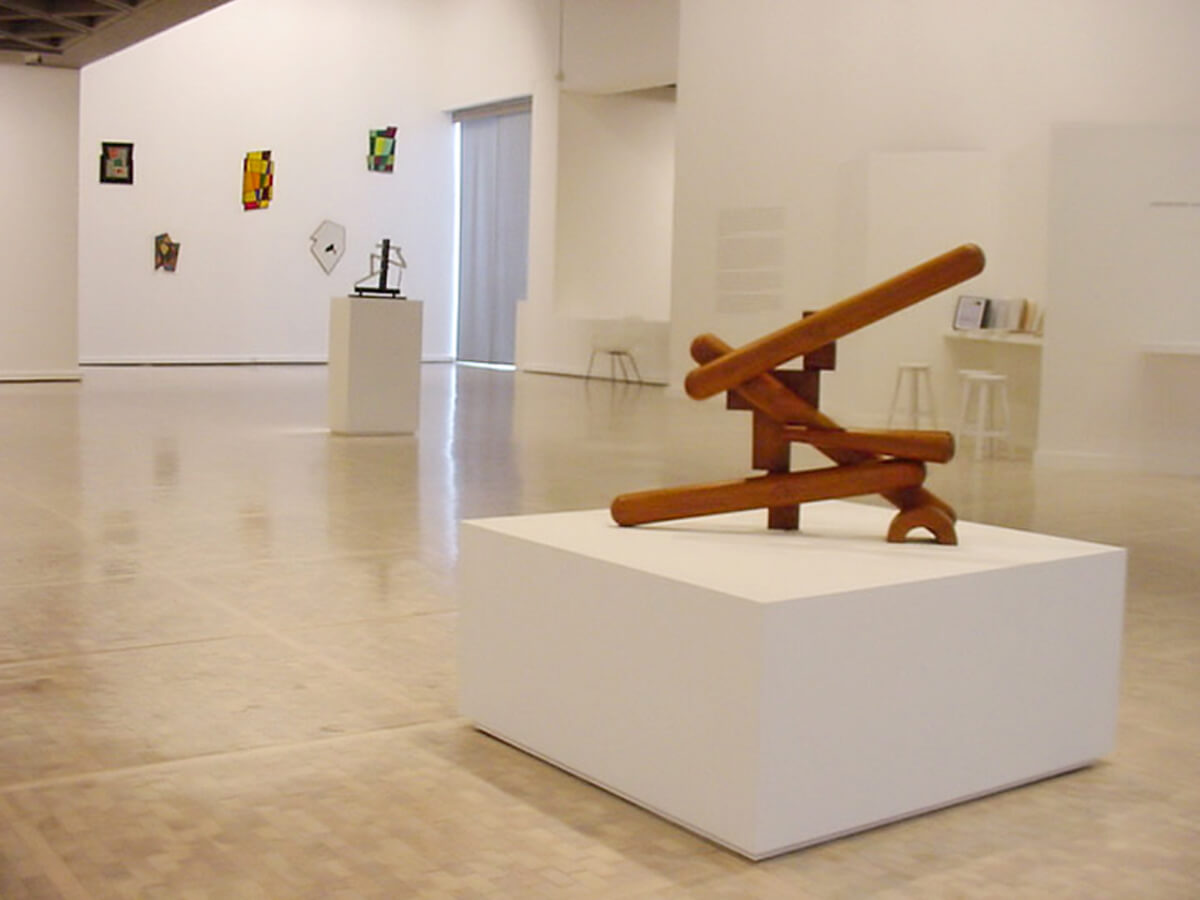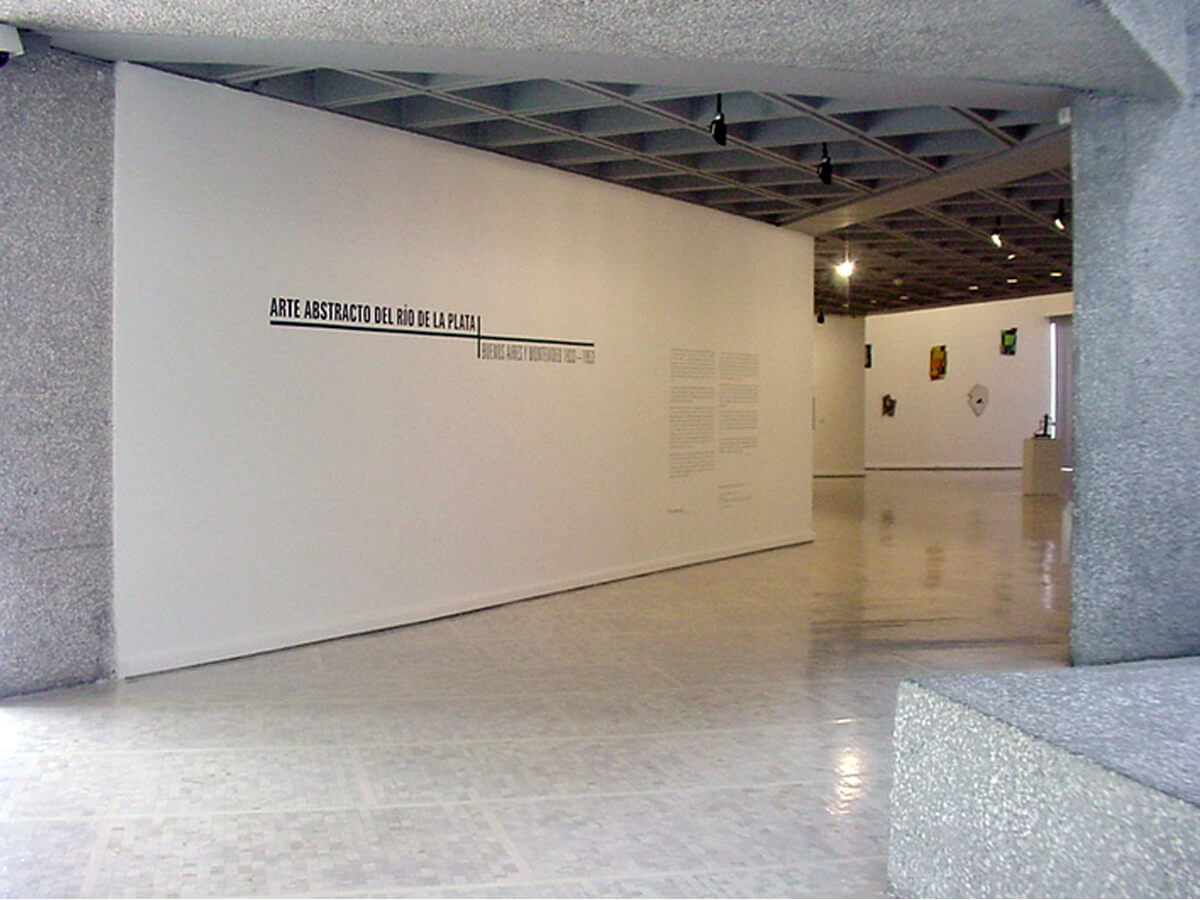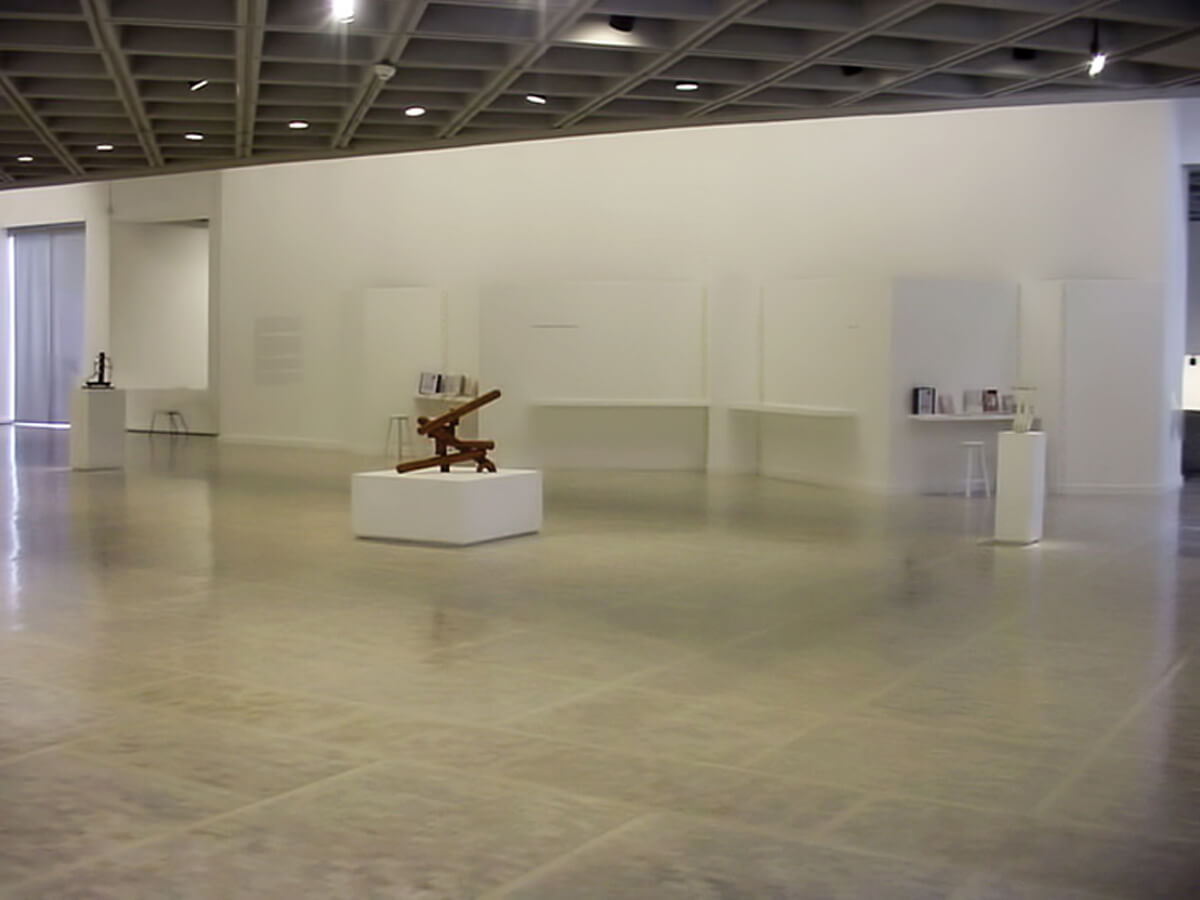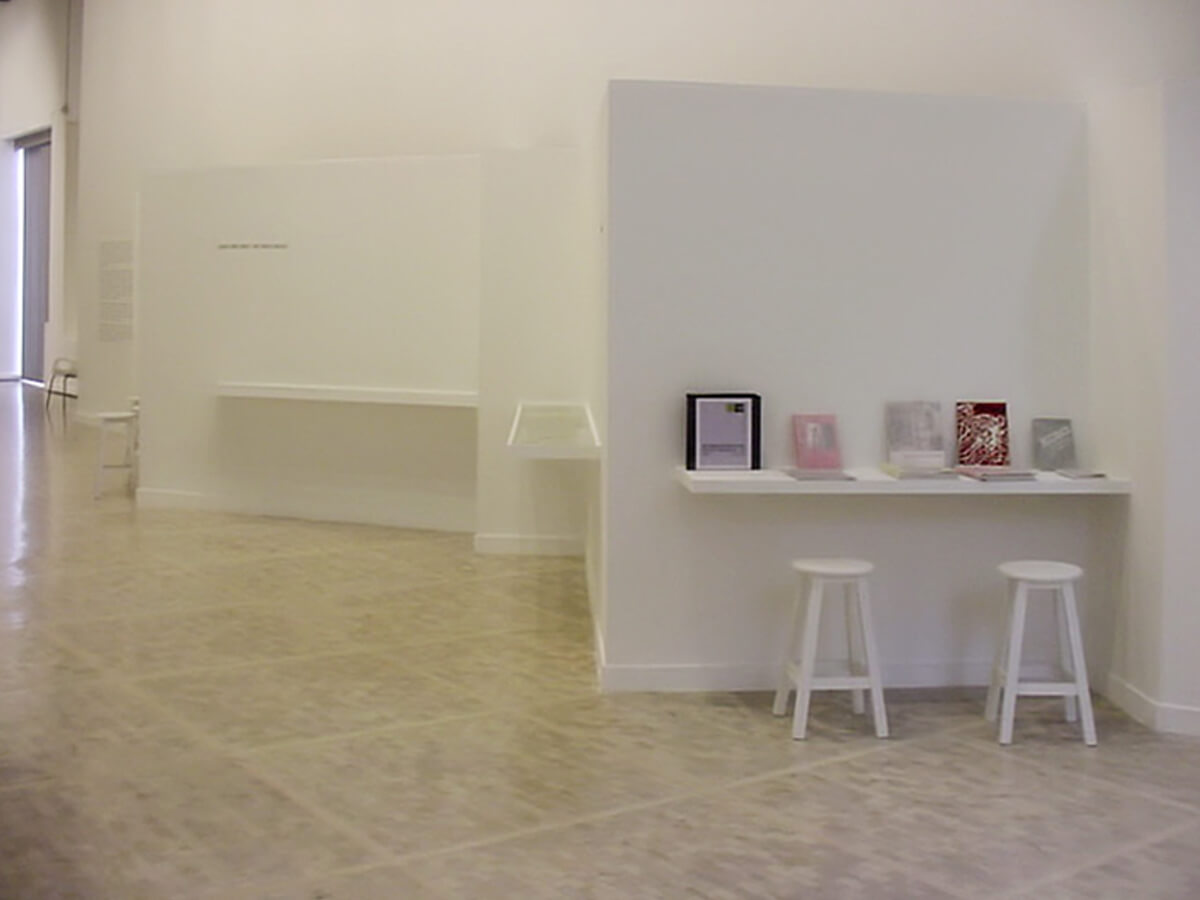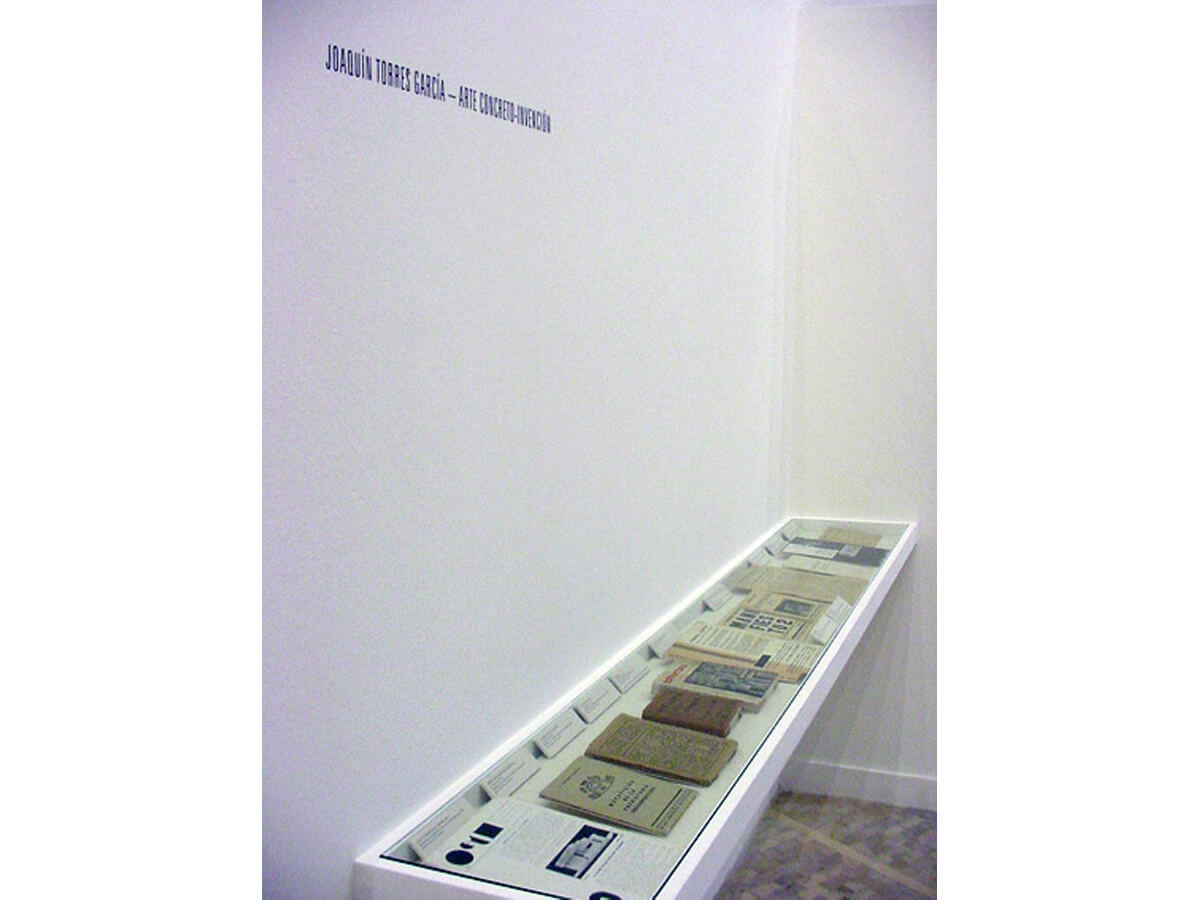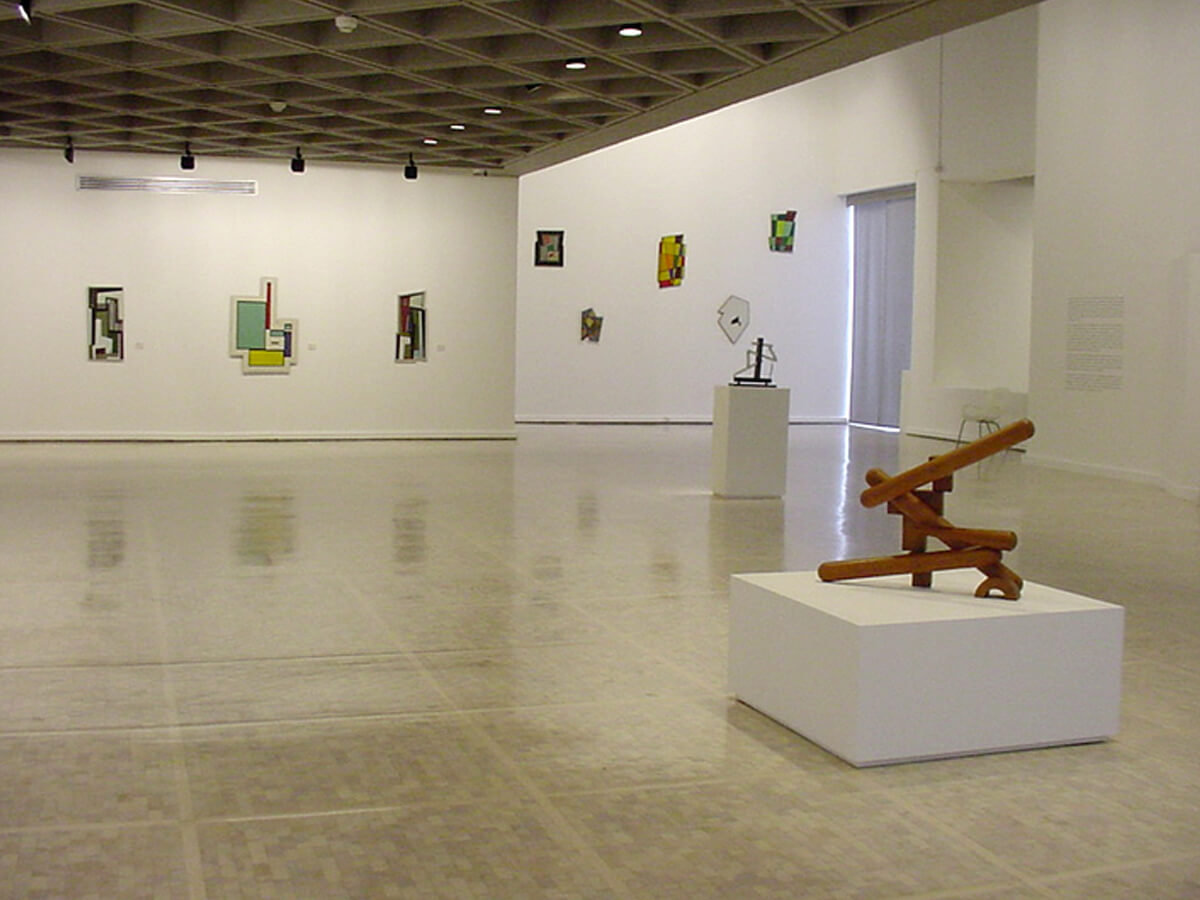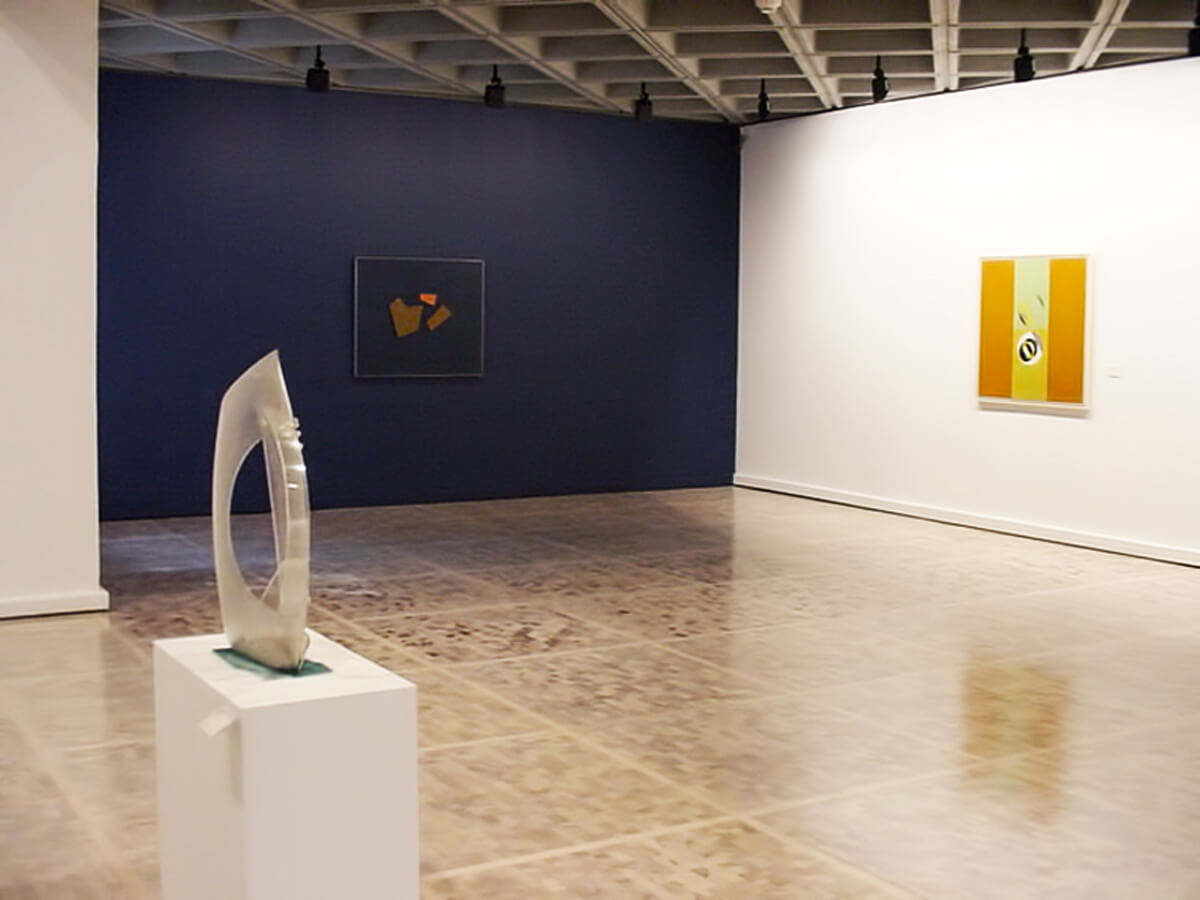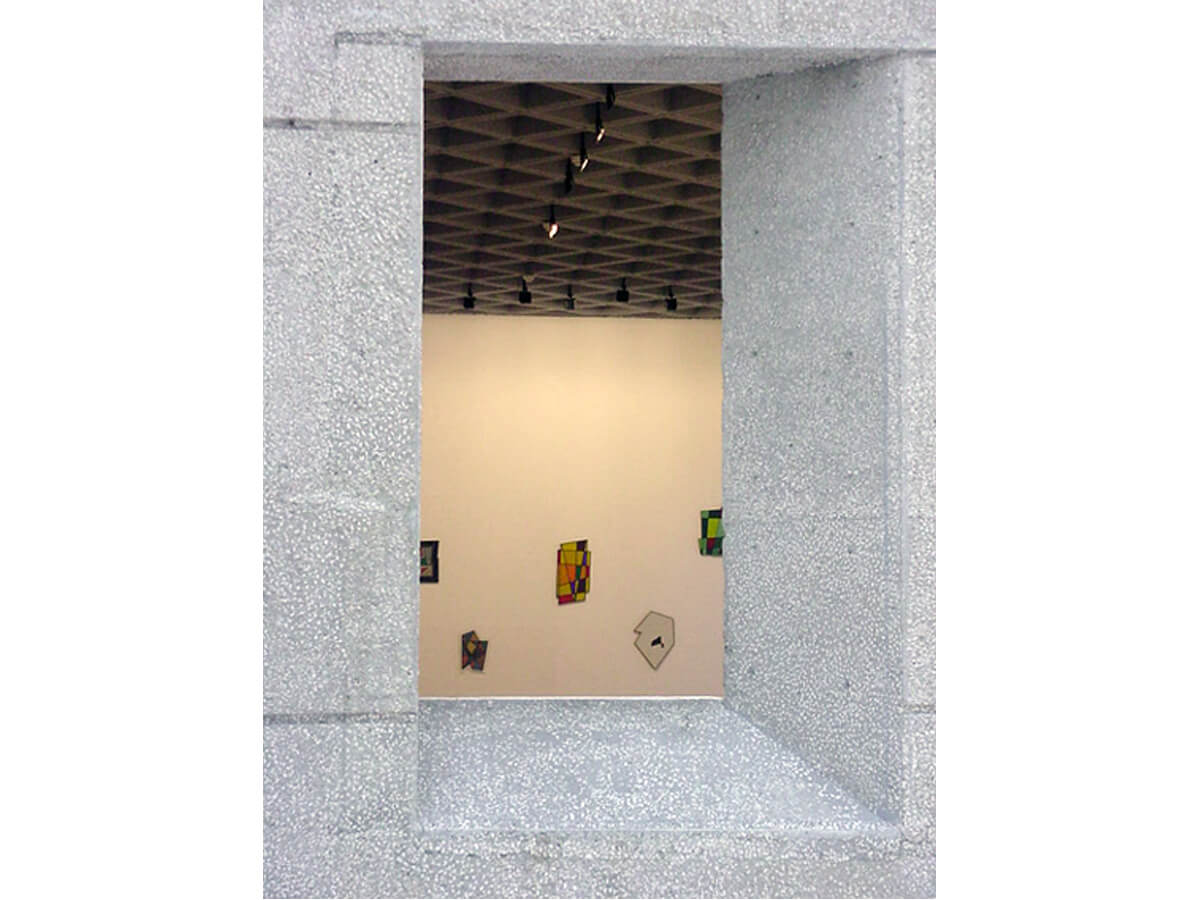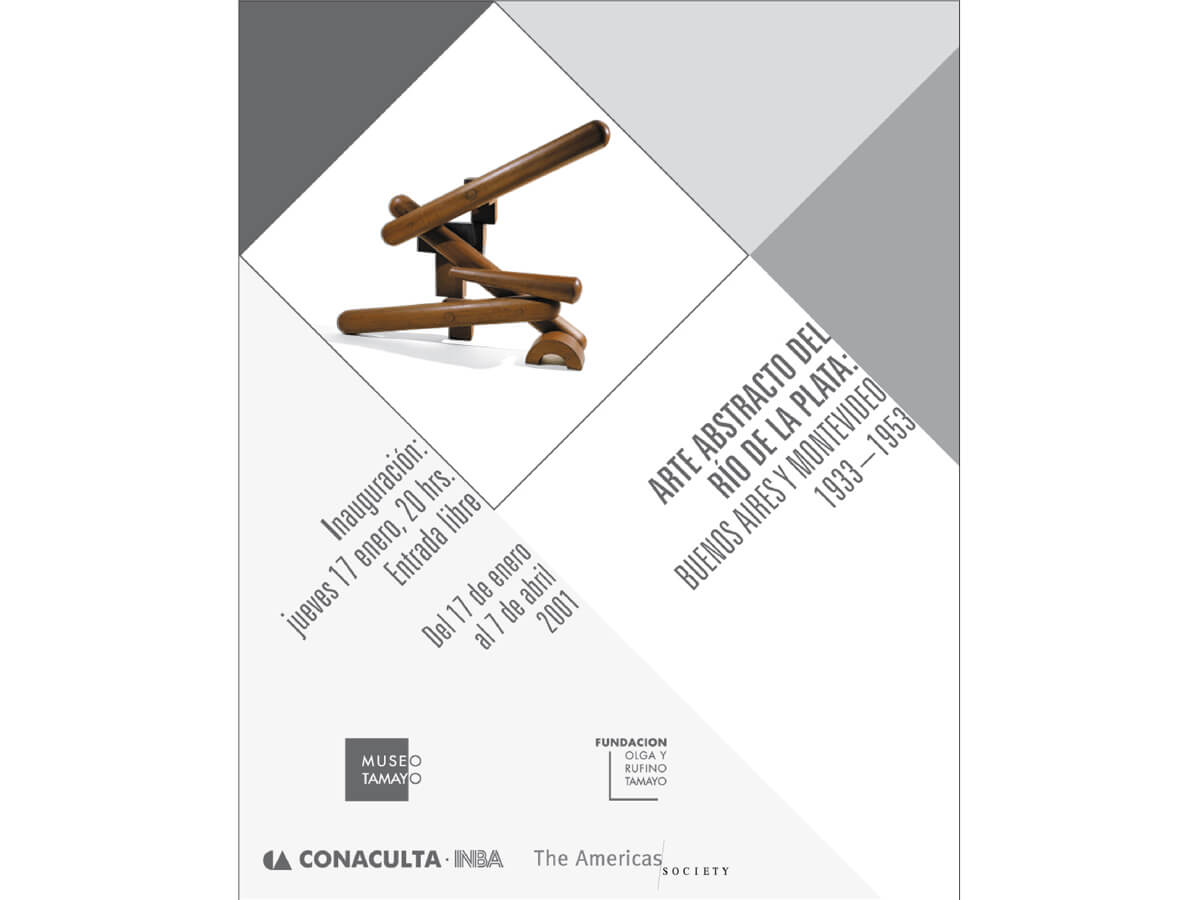Museo Tamayo Arte Contemporáneo
Ciudad de México, México
Curaduría: Willie Kautz y Víctor Palacios
Enero 2002
Museo Tamayo Arte Contemporáneo
Ciudad de México, México
Curated by Willie Kautz y Víctor Palacios
January 2002
A partir de una revisión historiográfica, la muestra permitió verificar las distintas aproximaciones teóricas y prácticas que consolidaron el modernismo en Uruguay y Argentina.
On the basis of a historiographical review, the sample made it possible to verify various theoretical and practical approximations that consolidated Uruguay and Argentina’s modernism.
The distribution of the work along three museum rooms, responded more to a formal and thematic aspect rather than a chronological sequence, thus the movement became more suggestive than lineal, achieving a rupture from a rhythm through the composition and disposition of the work on the walls.
This was intended to create in the spectator a better understanding of the substantial transformations that the plastic arts went through during the first half of the XX century and, thus, to establish starting points that would allow to access the different languages and expressions of the present art.
The role of the documents in this exhibit required a presence and an identity on its own. With this in mind – in an interpretation of such formal universe occupied by spheres, cylinders, spirals, slanting or zigzagging planes, spaces penetrated by diagonals or challenging the two-dimensional quality of the work as a centre of gravity of the plastic creation – the proposal was to create a series of walls on different angles from the flat wall, thus interrupting the lineal continuity of the room. In these walls, reference tables and glass cabinets were set with the literary production displayed alternately so that the spectator could see them in a dynamic way while moving through the area.
